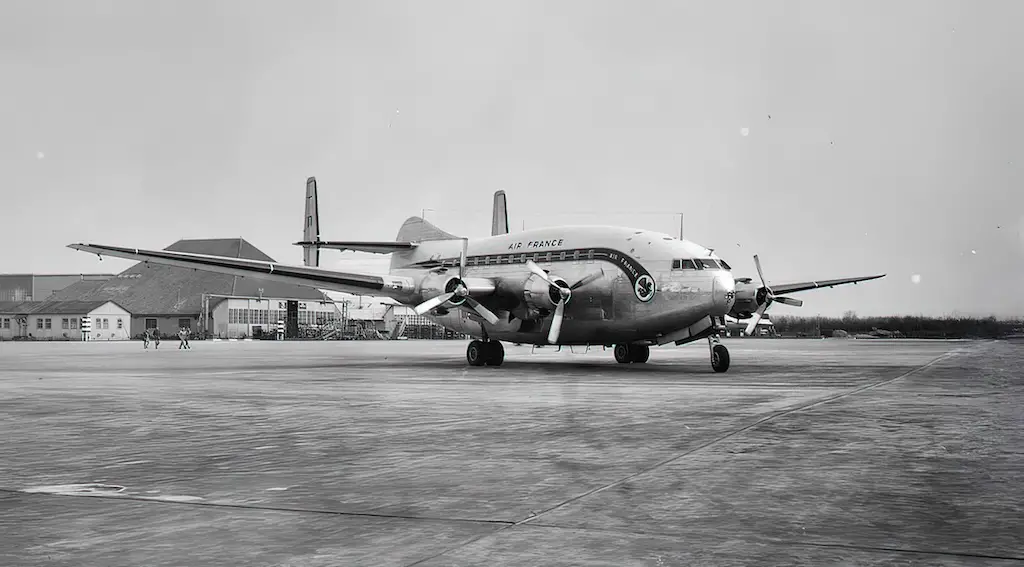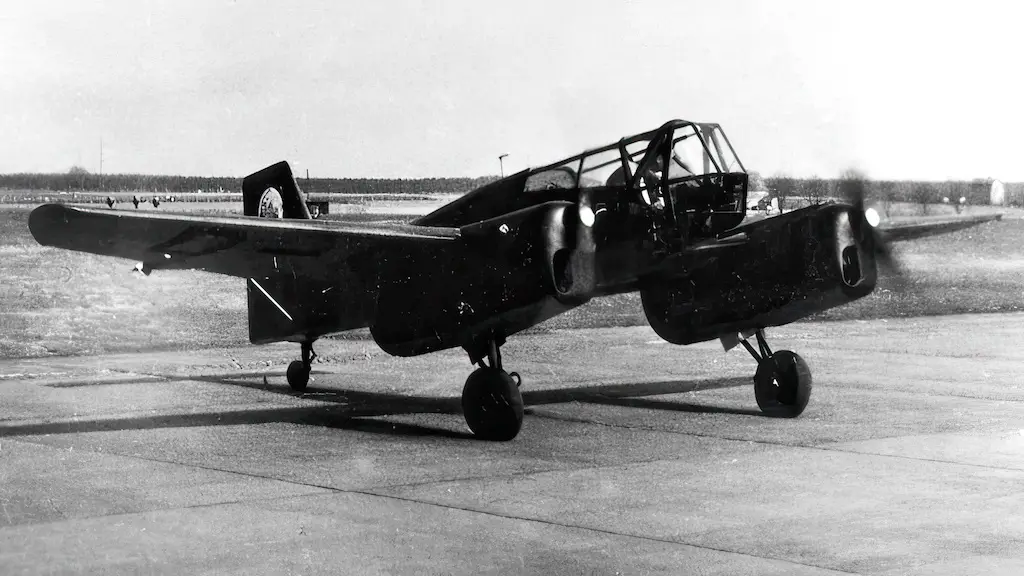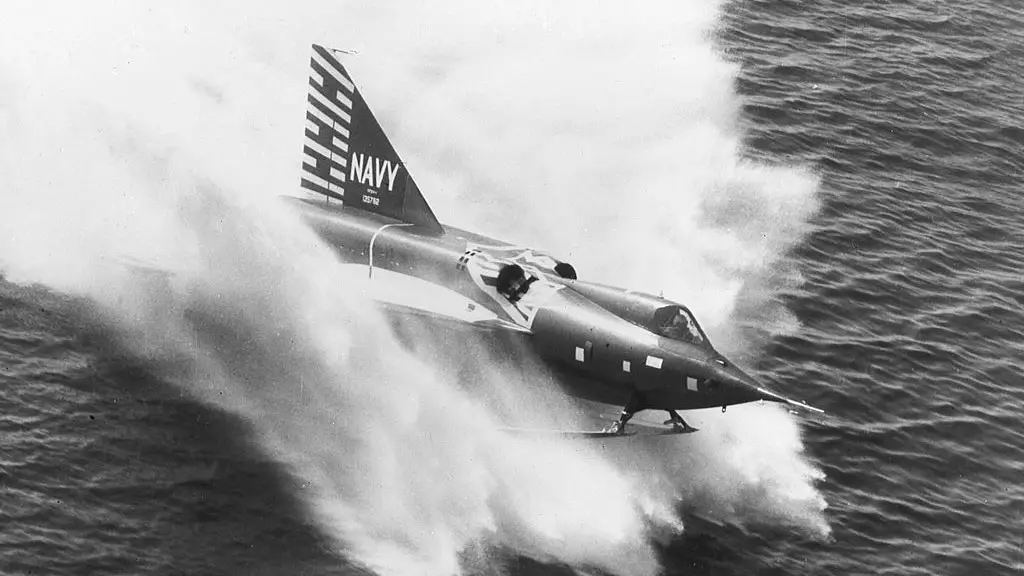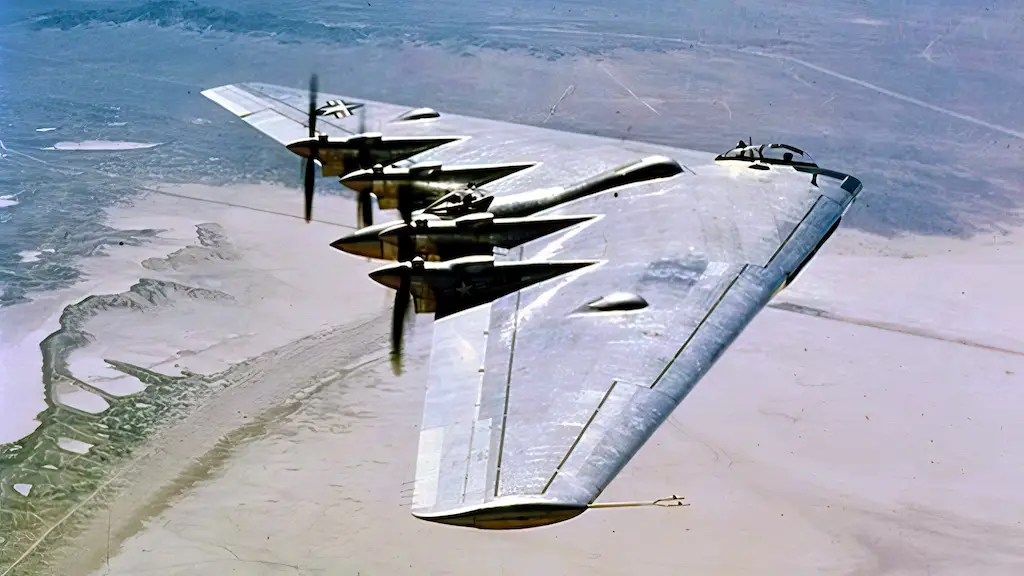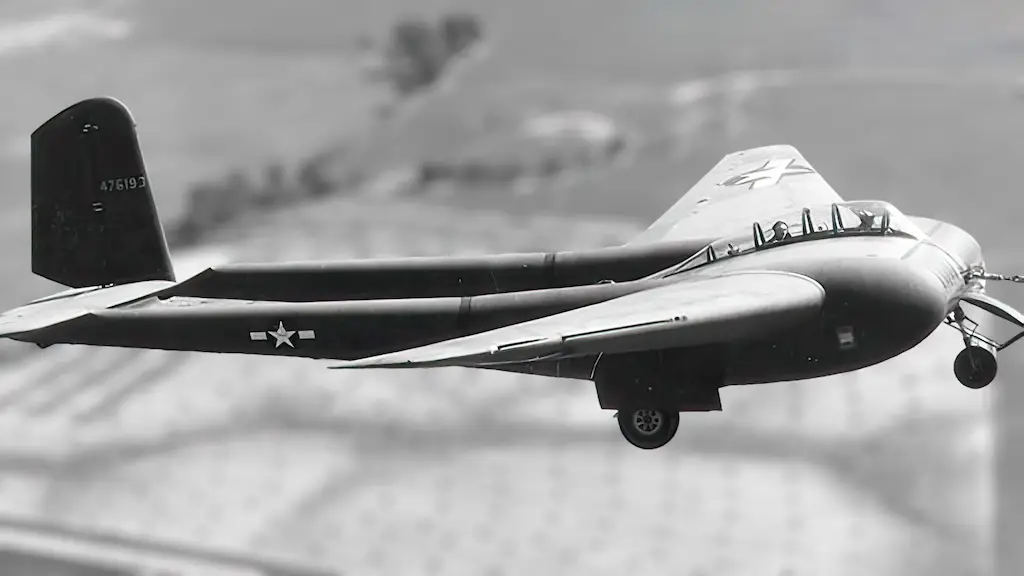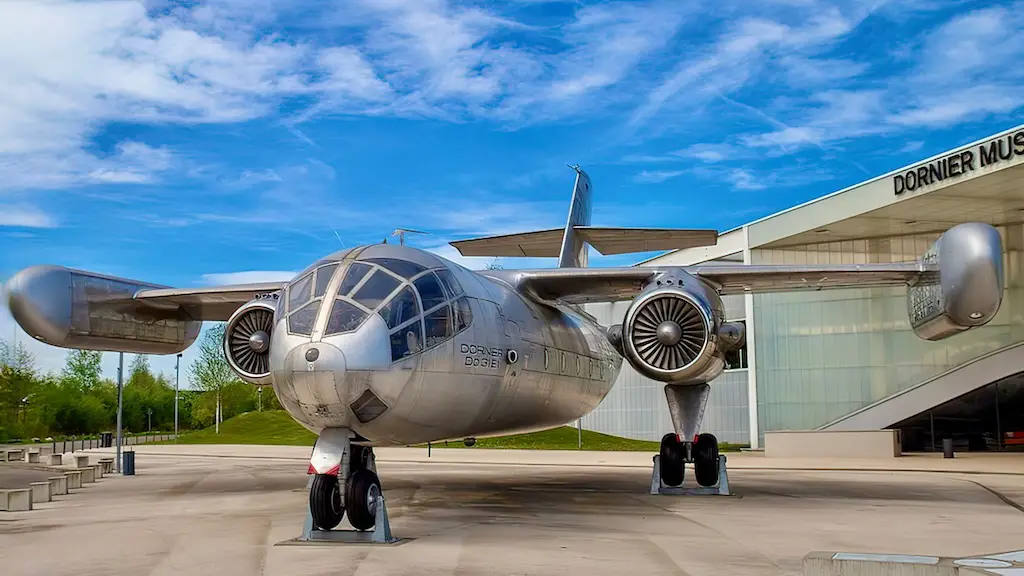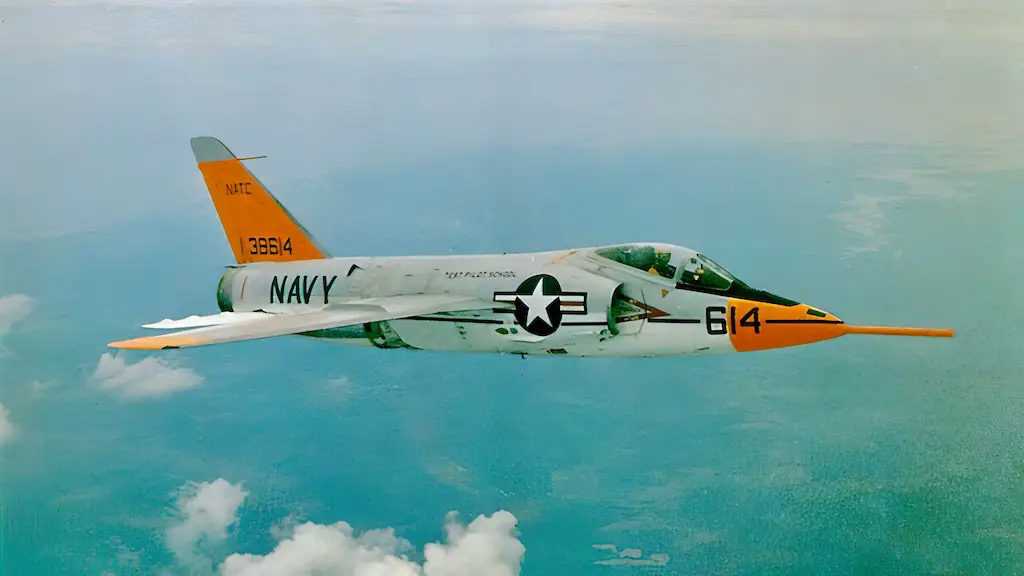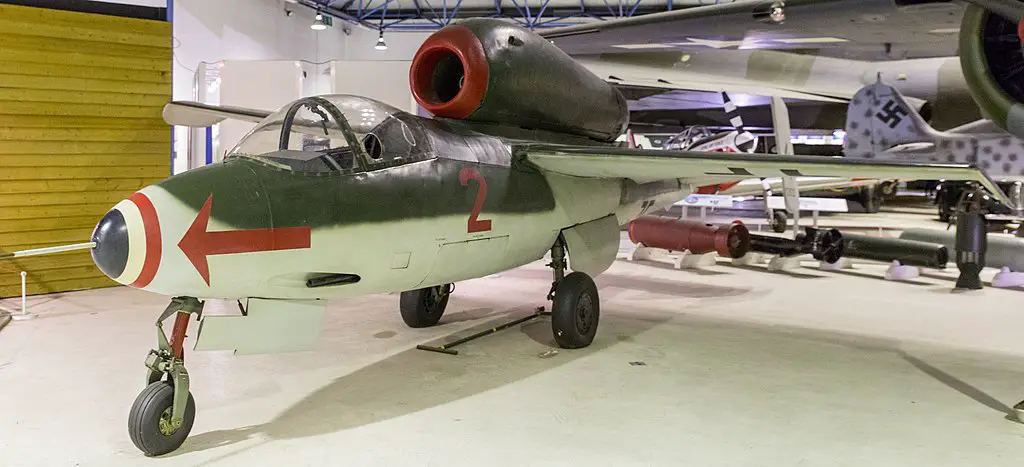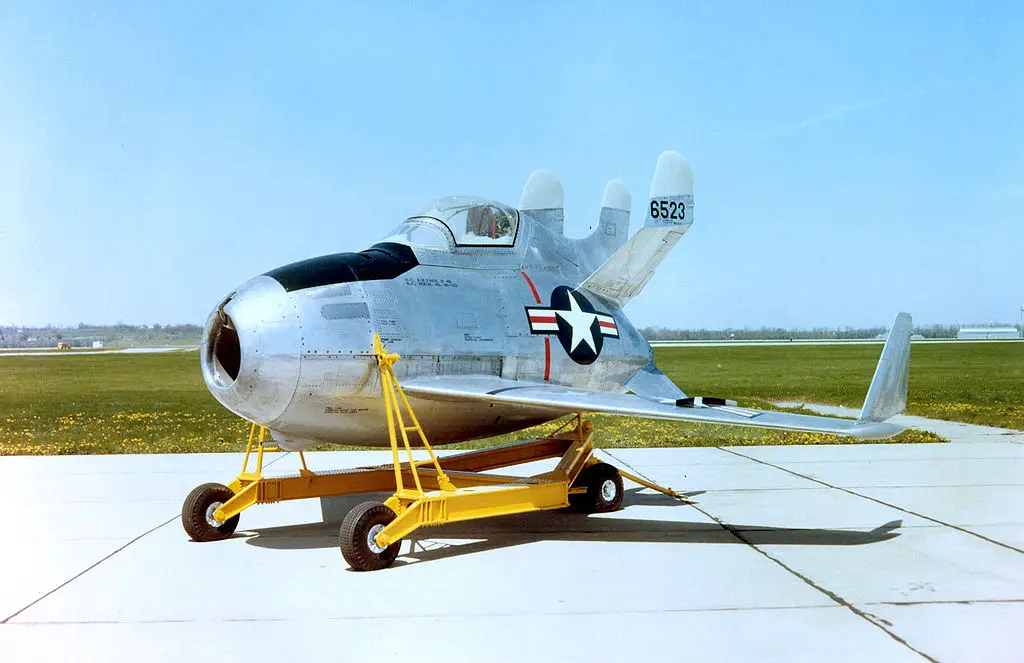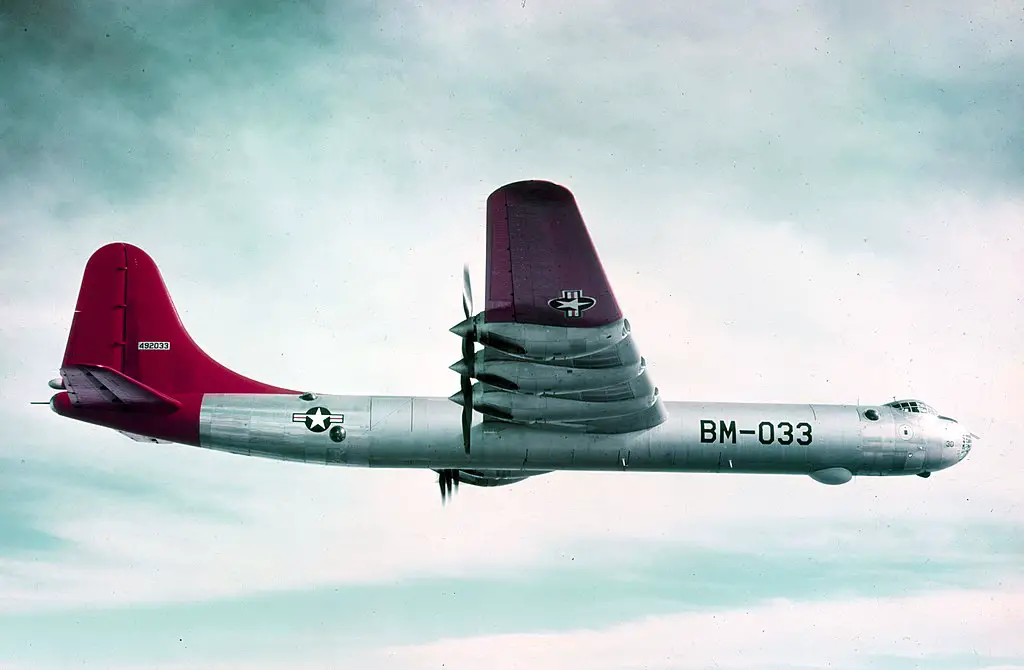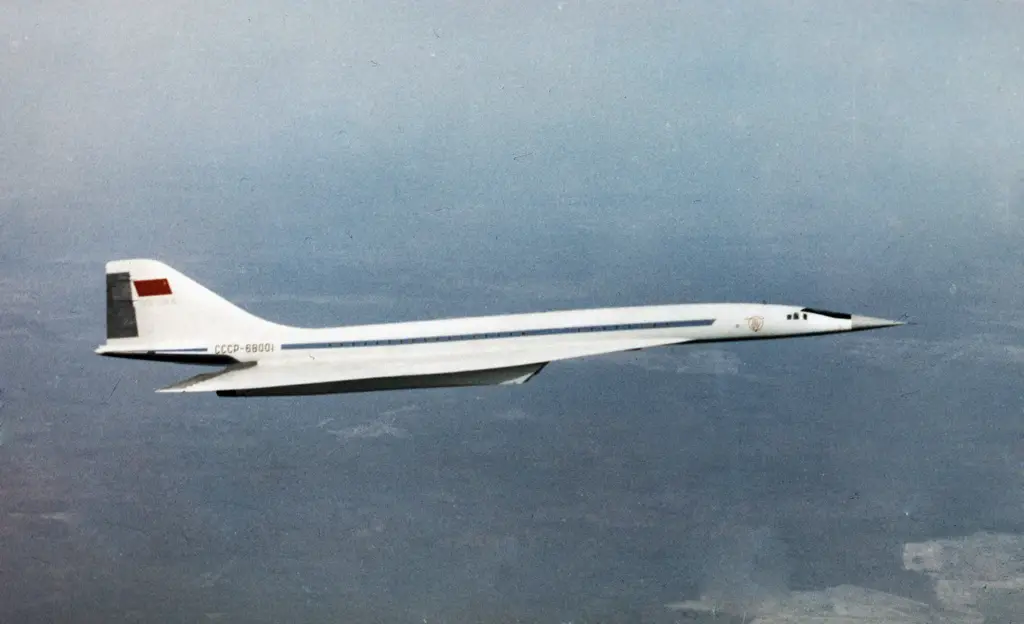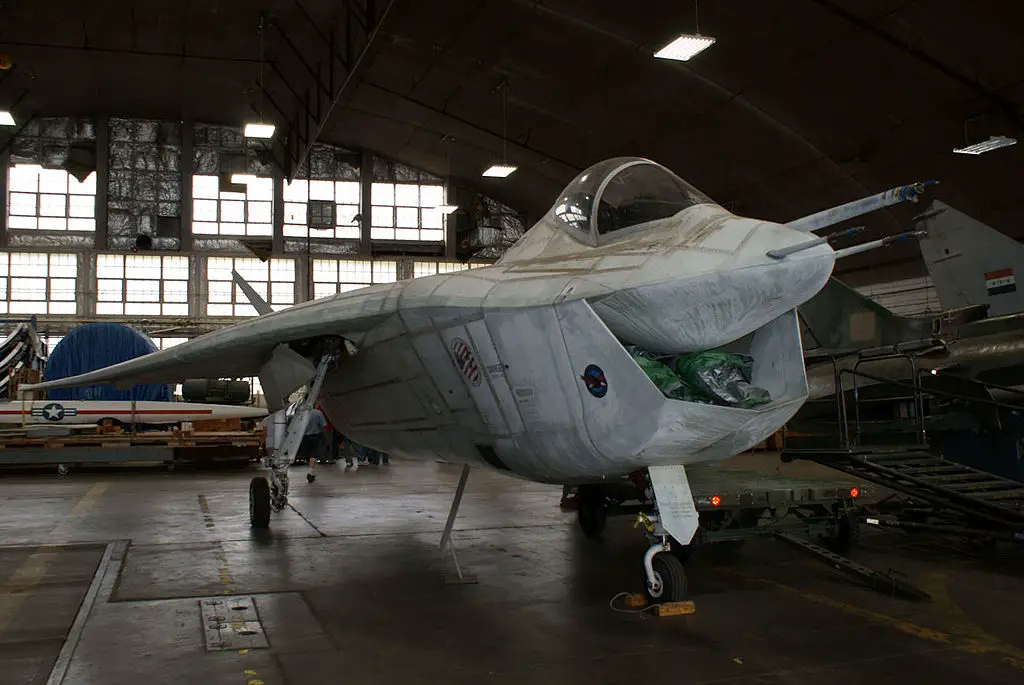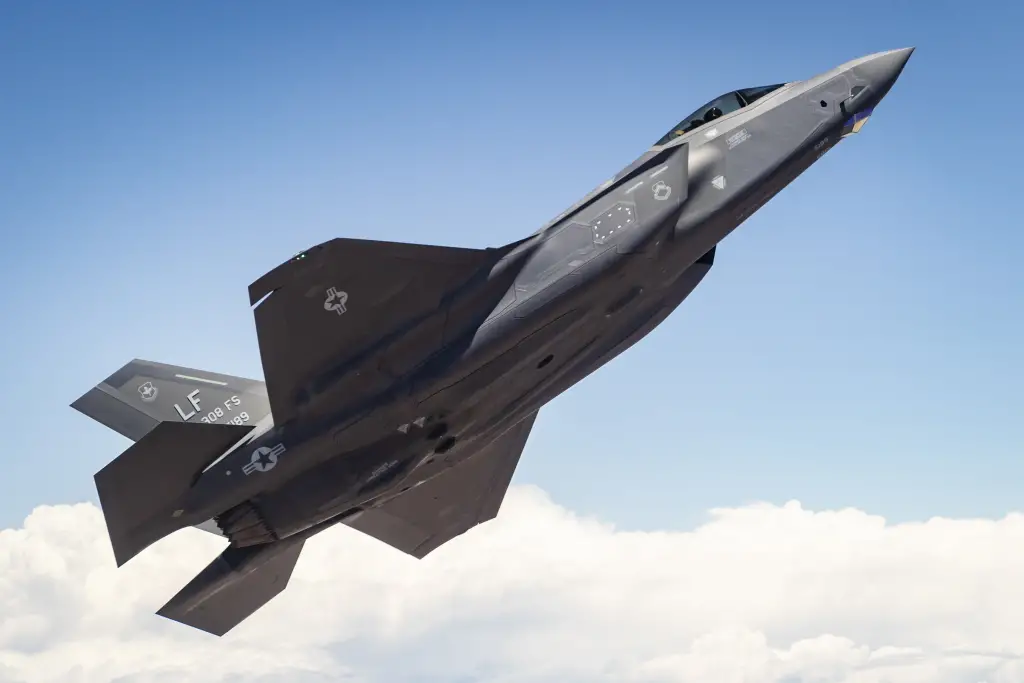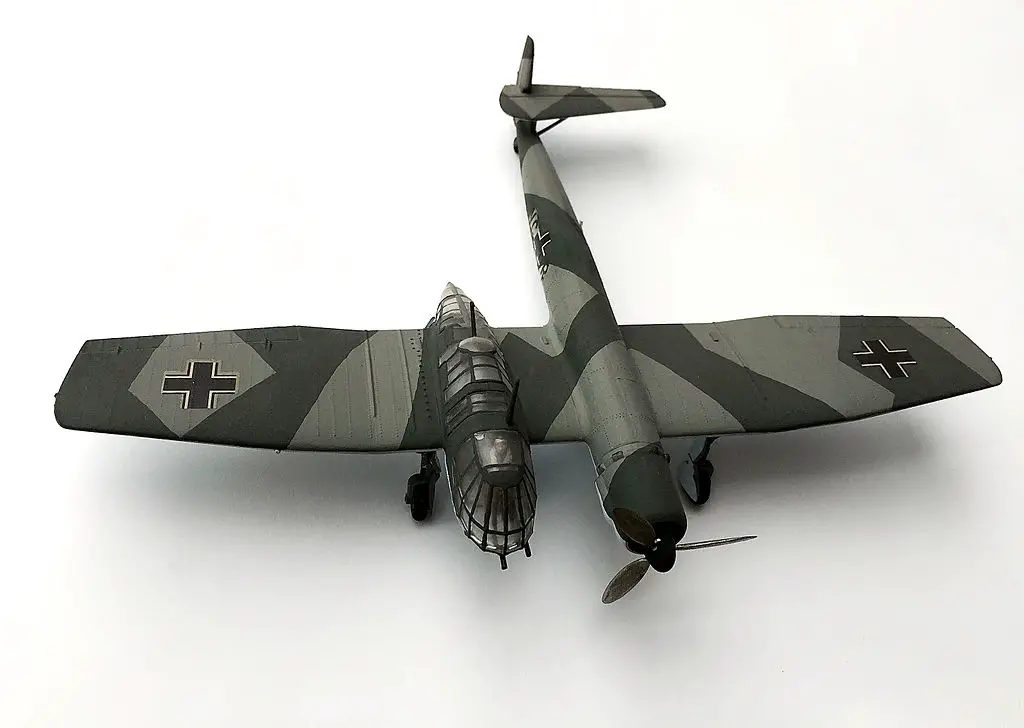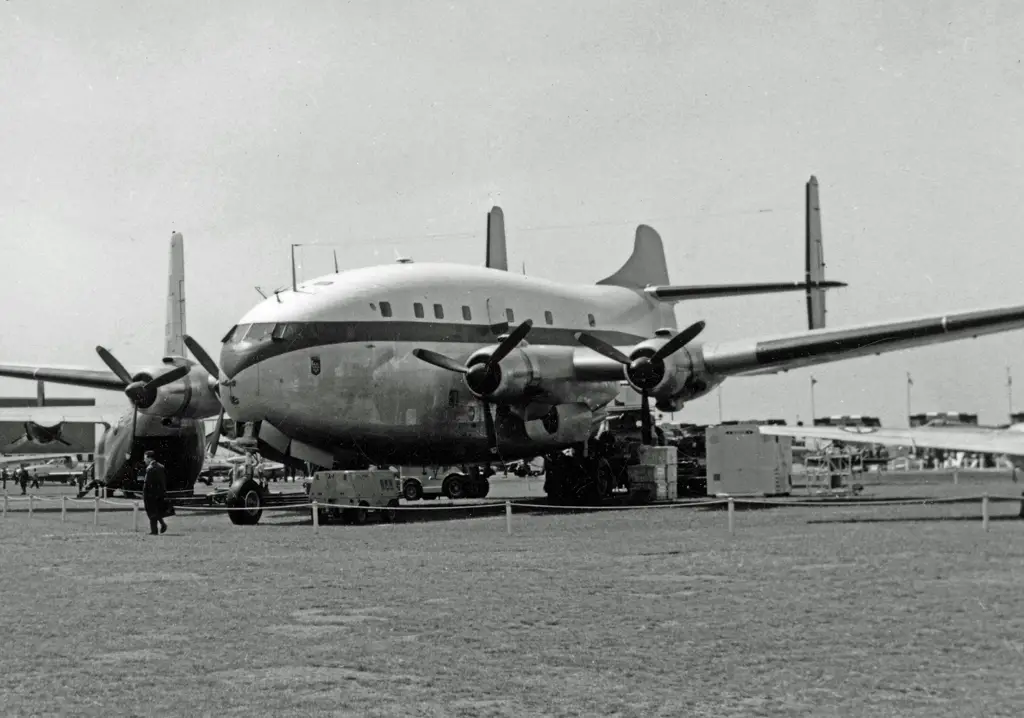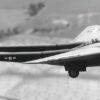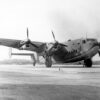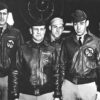Throughout history, many unusual designs appeared that in retrospect were brilliant, but the existence of some is more debatable than that of others. While many never made it past the prototype phase, some actually entered production and saw years of service, only to be replaced by those that were more reliable and practical. The following is a list of the most unorthodox aircraft to ever take to the skies:
Heinkel He 162 Volksjäger
Developed for use by the Luftwaffe during the Second World War, the Heinkel He 162 Volksjäger was a German fighter aircraft constructed primarily of wood. The atypical feature it had was its engine that was mounted on top, making it appear as though it was giving its energy source a piggyback ride.
The Volksjäger was designed in only under 90 days. Its conception was essentially a last-ditch effort by the Germans to regain air superiority. Given this timeline, it was riddled with complications, was relatively small, and was severely underarmed with only two autocannons at the plane’s nose. German pilots only got the chance to fly it for two weeks because it only entered service in April 1945 which was the month Germany unconditionally surrendered to the Allied forces.
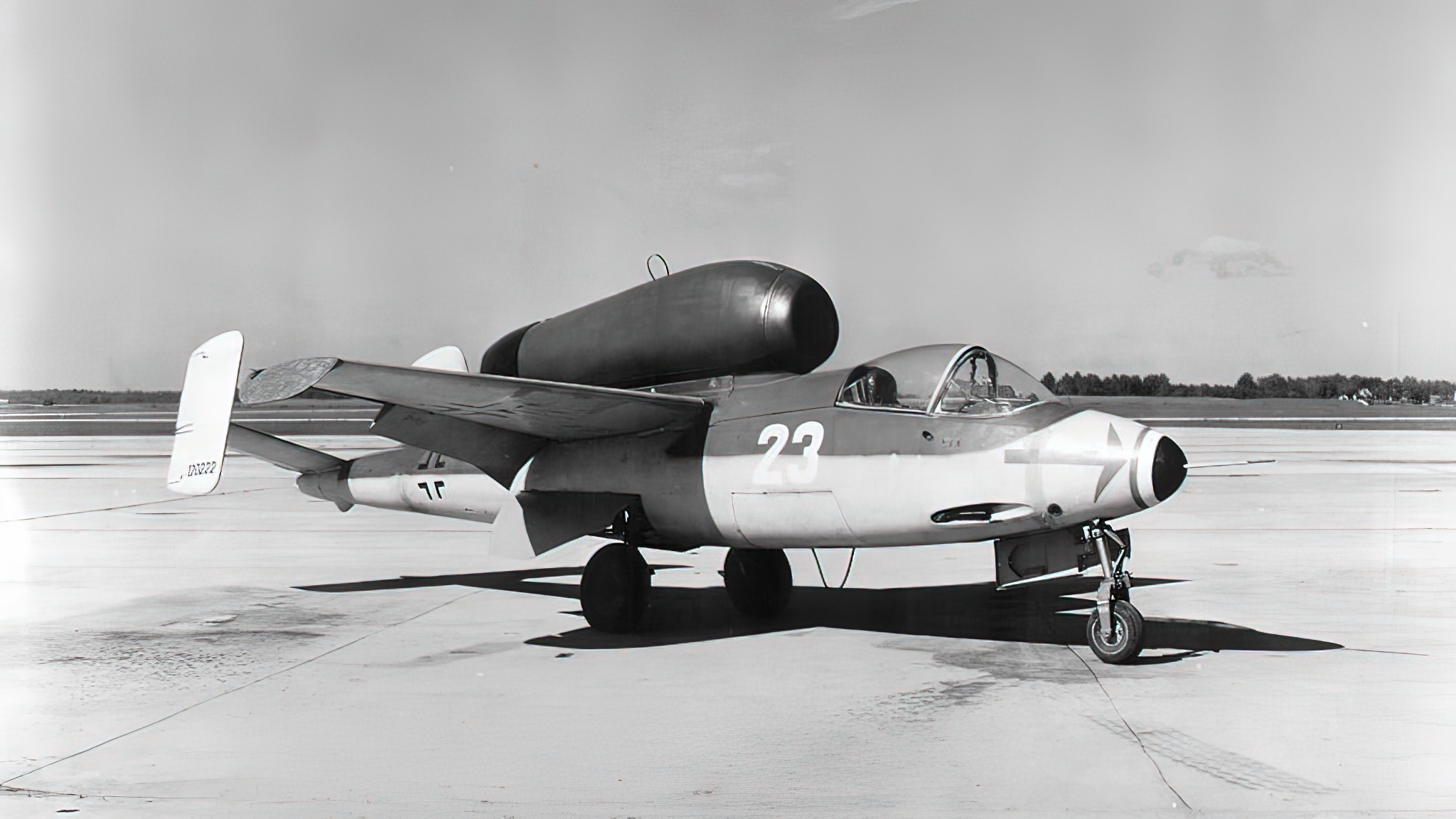
McDonnell XF-85 Goblin
Conceived by McDonnell Aircraft, the XF-85 Goblin is truly worthy of its mythical and equally strange name’s origin. During the Second World War, the US Army Air Forces sent out requests for an aircraft that could deploy from the bomb bay of a Convair B-36 Peacemaker. A parasite fighter was essentially what was required. However, by the time the Goblin took its first flight, it was August 1948 and the war was long over.
When looking at the XF-85, the fighter’s frame abruptly ends just behind the cockpit. It wouldn’t be far off to discern that it would face a difficult time flying, so it is not surprising its development was cancelled in 1949.
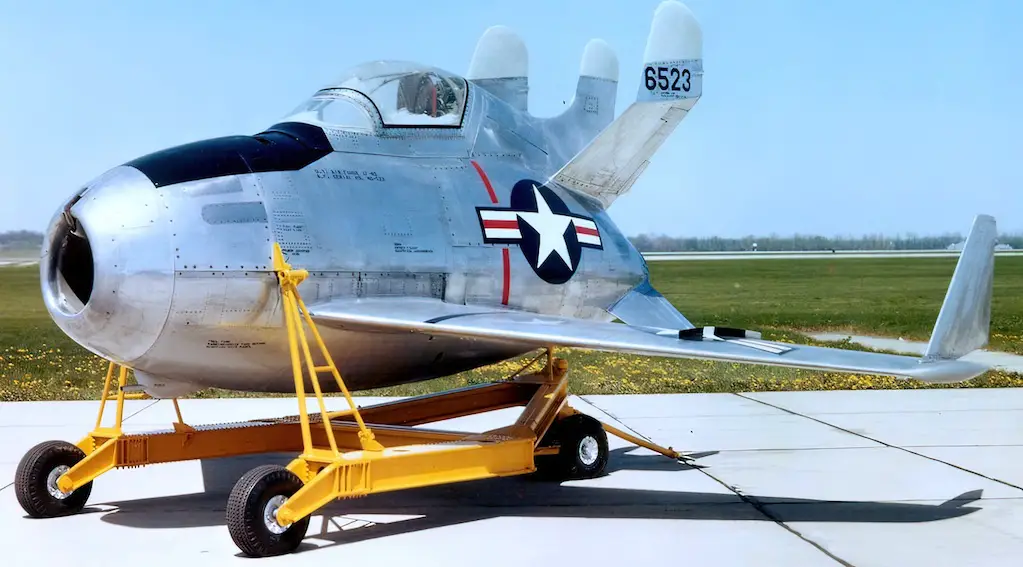
Tupolev Tu-144
The Tupolev Tu-144 was a supersonic airliner produced by the Soviet Union between 1967-83 that looked like a bird or a sad dog with its pointed droop nose. Known for being the world’s first commercial supersonic transport aircraft, it could travel at speeds of up to 1,400 miles per hour which is slightly over Mach 2.
The Tu-144’s use as a passenger aircraft was short-lived due to reliability issues and the rising cost of fuel. It was later adopted by the National Aeronautics and Space Administration (NASA) for supersonic research and the Soviet space program to train pilots tasked with flying the Buran spacecraft. In total, only 16 were ever produced, and they went on an accumulated 102 commercial flights.
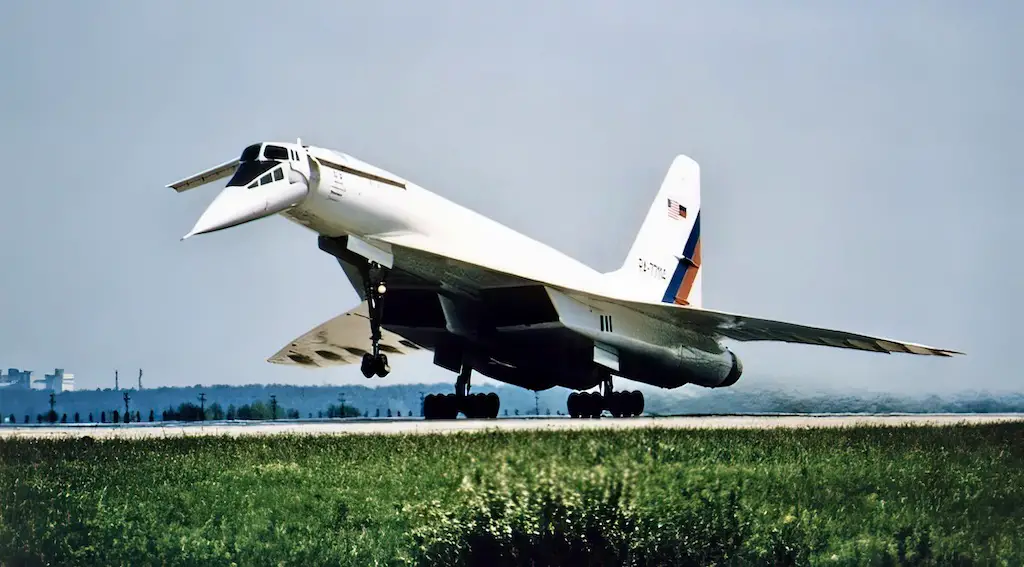
Boeing X-32
The Boeing X-32 was designed for use by the Joint Strike Fighter (JSF), only to lose out to the Lockheed Martin X-35 which then later morphed into the F-35 Lightning II. The plane’s origins date back to 1993 when the Defense Advanced Research Projects Agency (DARPA) launched the Common Affordable Lightweight Fighter (CALF) project. Numerous concepts were presented during the project, including the X-32.
What makes the aircraft immediately distinguishable is its wide body and small wingspan, as though it is still in the process of completely stretching its wings. After the flight-tested prototype of the X-32 was rejected in favour of the X-35, it was moved to the National Museum of the US Air Force at Wright-Patterson Air Force Base, Ohio, where it decayed after long-term exposure to the elements.
It has since been restored though, meaning that this piece of contemporary history is still accessible to the public eye.
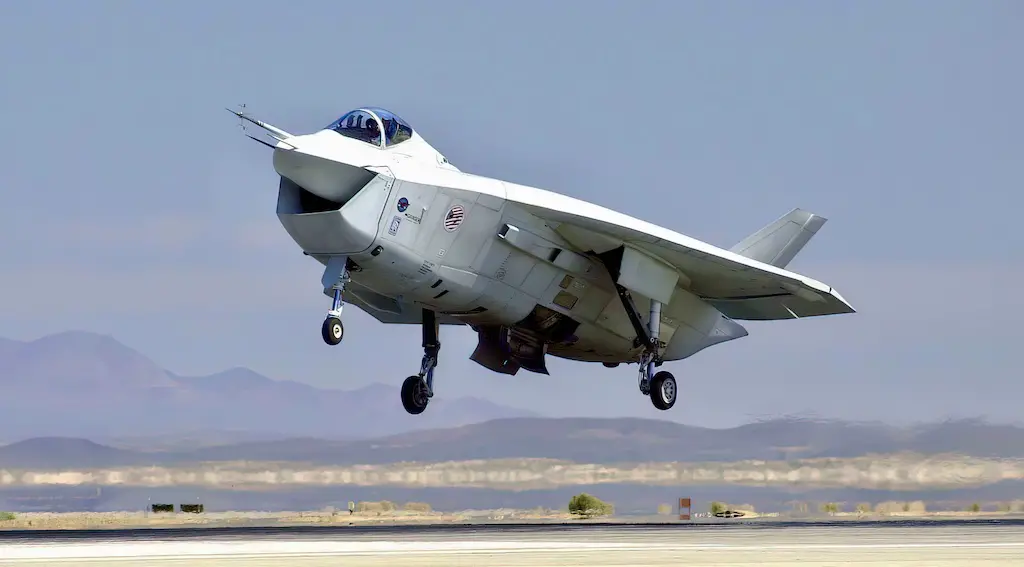
Blohm & Voss BV 141
The Blohm & Voss BV 141 was a German reconnaissance aircraft and light bomber developed in 1939. Its unusual asymmetrical design is most certainly not something an average viewer has typically seen.
Designed by Richard Vogt, the BV 141’s asymmetrical structure could have included the risk of rolling due to one side being longer and heavier than the other. It is said to have nevertheless performed relatively well, thanks to the design of its wings. The German Air Ministry on the other hand believed it to be underpowered and thus wasn’t designated for full service.
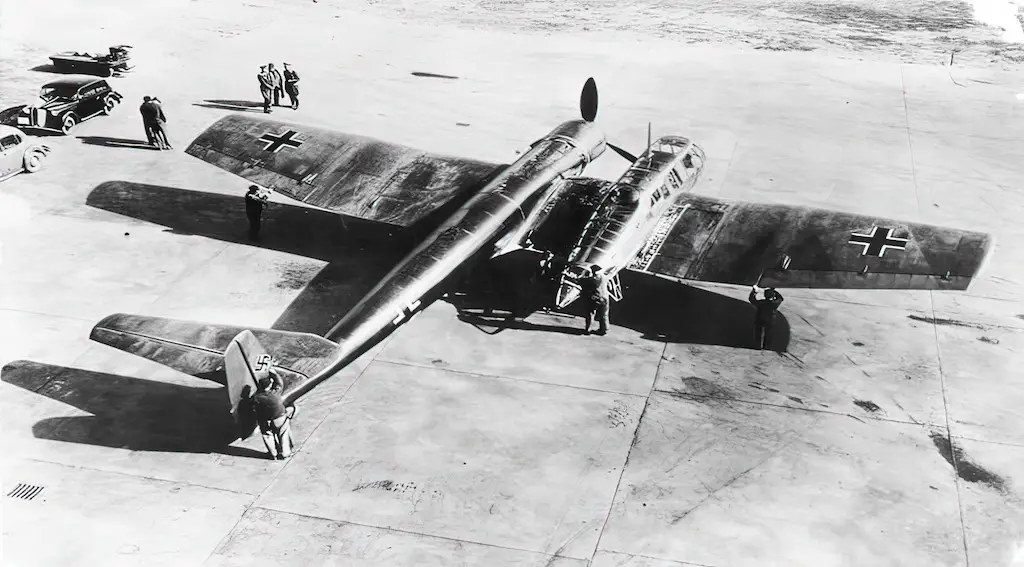
Bréguet 761/763/765 Deux-Ponts
While in the present day, multi-level airliners are commonplace, they were not so in the 1940s and 1950s. The Bréguet 761/763/765 Deux-Ponts was introduced in 1953, and it was essentially the definition of unusual due in large part to its disproportionate thick body compared to its thin wings.
With only 20 produced and flying in both civilian and military functions, the double-decker aircraft proved to be as effective as it was safe. The French Air Force used it to move personnel and materials to islands in the Pacific where nuclear tests were underway. Despite its good reputation and performance, it wasn’t destined for long-term service and was retired in 1971.
